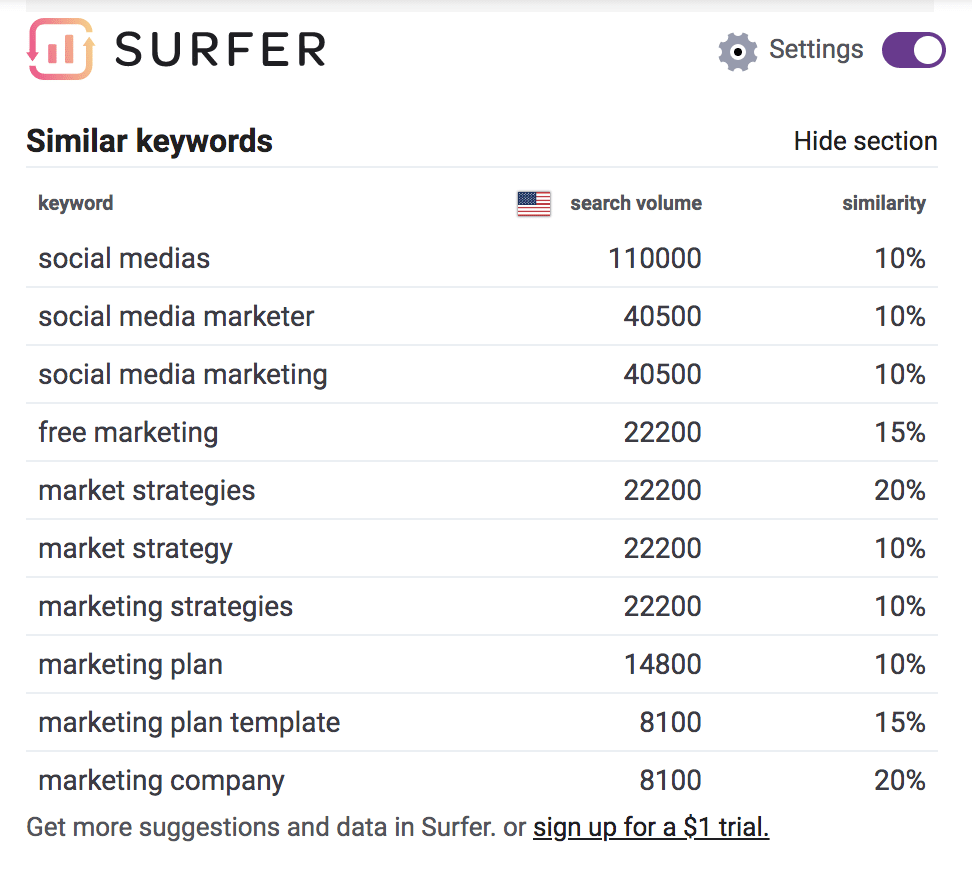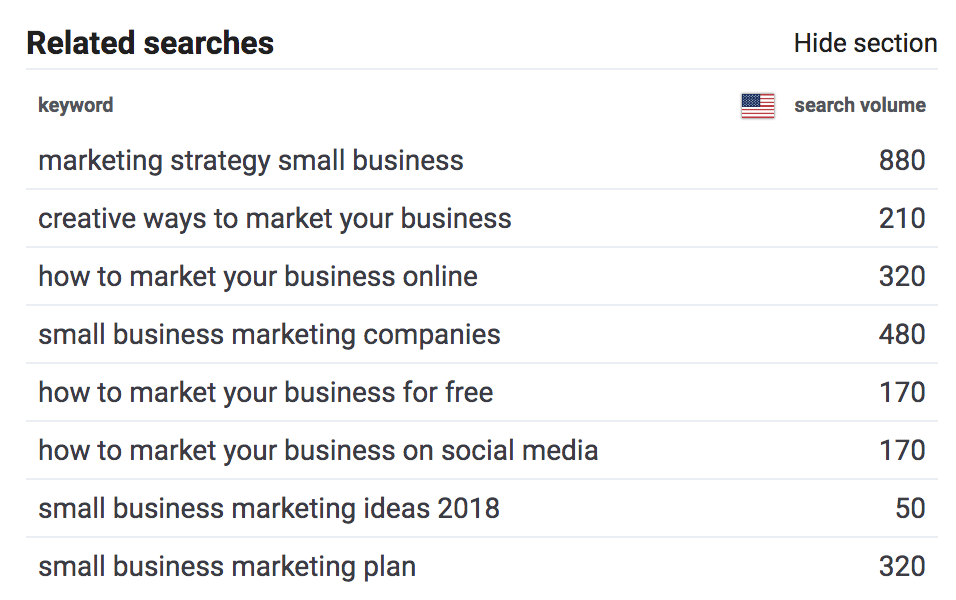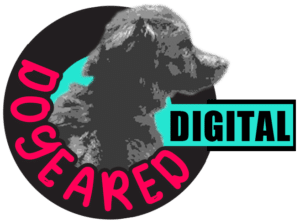Market research is a critical part of any business. An intimate understanding of the needs and pain points of your consumer base has the potential to put you lightyears ahead of your competition. Couple that with the flexibility to refocus your brand story to directly respond to their desires — and you’re now uniquely positioned to attract the exact business you’re after.
While large advertising agencies and corporations spend tens of thousands of dollars – often more – for this research, I’m going to show you how to get these answers for free in a few easy steps. More specifically, I’m going to walk you through – in detail – how I did it to launch Dogeared Digital and how I leveraged the insights I gained from the process in my business model.
The process is simple – we’ll conduct research with free keyword research tools, then implement strategic framework to interpret these learnings. Here’s an overview of how it looks:
- Conduct keyword research
- Interpret general audience intent
- Determine opportunity gaps
In layman’s terms, this means we’re going to research keywords and search habits by our target audience, use our findings to interpret what information or resources our audience is really looking for, and then figure out what of that is not already available to them — which is where your opportunity lies.
Step 1: Conduct keyword research
There are a myriad of free keyword SEO research tools available , all with their different strengths. For the sake of this exercise, I’ve chosen to use Keyword Surfer – a Chrome browser extension that displays search volume and related keywords and searches alongside your Google search results.
However, there are several other free keyword tools that will help enhance this process, which you can find listed in our white paper, “Use Free Keyword Research Tools to Grow Your Business,” offered on our Resources page.
After installing the browser extension, I started with a simple Google search. I chose “small business marketing” because it’s descriptive of the services I offer, broad enough that it doesn’t pigeonhole my related terms but also concise in that there aren’t superfluous words that may return confusing results.
Here’s a screenshot of what Surfer returned:


There’s plenty of information here – and I’ll show you how to use it in the next sections. But if you want to keep going down the rabbit hole – this is the fun part. Conduct further searches based on keywords and search terms returned that are interesting to you – or rephrase your original search term by switching around the word order (i.e. small business marketing vs. marketing your small business) or using adjectives (advertising your small business).
Step 2: Interpret intent
Now that you have your data, this is where you employ the strategist part of your brain to analyze it. Looking at the keywords, a few things stand out to me:
- The word “free” appearing in multiple keywords suggests small businesses are looking for solutions on a budget
- Terms phrased as questions, starting with “how to” supports the above – small businesses may not have the resources to hire marketing help, so they’re looking to learn ways to do it themselves
- Social media appears in multiple related keywords, indicating an interest in this type of marketing
- The words “creative” and “ideas” stand out to me – telling me that small businesses are looking for ways to stand out from their competitors through outside-the-box marketing tactics
- “Strategy” and “marketing plan” also stand out to me. They’re not just looking for one and done ideas – they are looking for sustainable and scalable solutions.
From this, I can profile my customers in the following ways:
- Small businesses are looking for free and low-cost resources and tactics to do their own marketing in a way that will help their businesses pop in a crowded space
- They are especially interested in diving deeper into the social media space – probably because they understand this is a space with a low barrier to entry and potential to connect with their customers
- Small businesses are savvy enough to realize they need to go beyond one-time tactics to get the most out of marketing – they need to develop long-term strategies to stay relevant and make their marketing efforts effective
Step 3: Determine opportunity gaps
Now that I’ve profiled my target audience, it’s time to figure out if they’re actually getting what they’re searching for. Spend some time perusing the search results for the keywords, and create new searches based on the information you’ve learned.
Put yourself in the mindset of your audience. Am I getting what I need based on the resources that are currently available? What’s missing that I can offer?

Step 4: Put it into practice
After extensive research focused on the above questions, I learned that there are dozens of quality resources available to help professional marketers hone their skills. There are also many focused resources for small and medium businesses to help with specific aspects of marketing (i.e. Facebook ads, SEO, etc.), but I failed to find a holistic resource designed for small and medium businesses to help them plan, strategize and execute their marketing.
While hyper-specific resources are fantastic if you already know that’s a channel or tactic that works for your business, my research suggests small and medium businesses are looking for resources that will help them identify the channels and tactics in the first place, and determine how much of their time and resources they should put into each.
Hence Dogeared Digital was born!

